General Electric's 80-Ton Center Cab |
|||
|---|---|---|---|
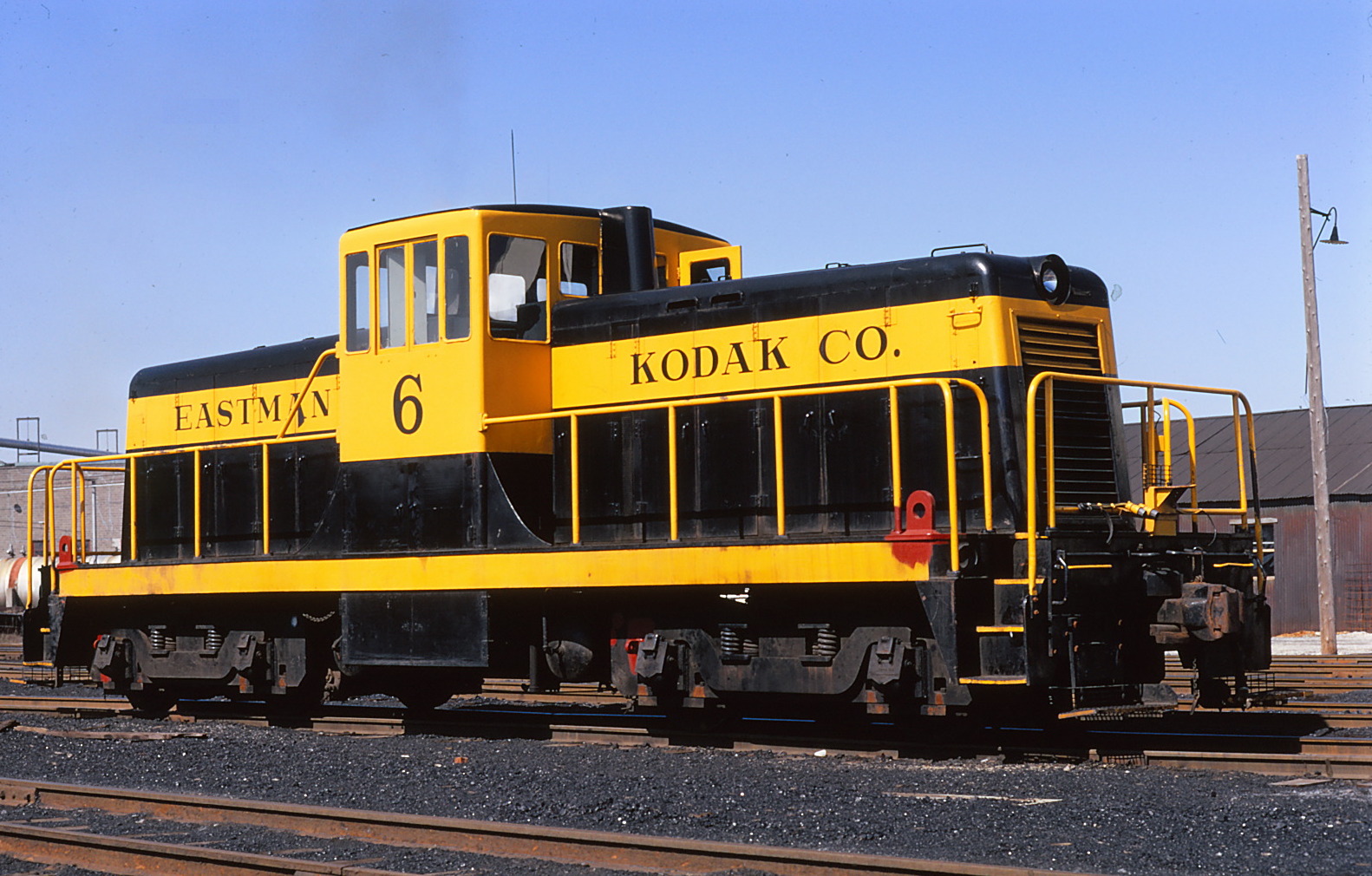 Eastman Kodak GE 80-ton #6 at Rochester, New York on 28 April 1972. (R. Craig photo) |
|||
|
GE's 80-ton locomotives were initially produced for large industrial users, such as steel mill and foundries, but it was not long afterward that other rail users showed interest in the heavier locomotive . . . the U.S. Government among them. The U.S. Military would soon become the single biggest buyer of small locomotives. From mid-1940 to the end of World War II, the U.S. War Department purchased seventy new 80-Ton locomotives from GE. The military added more than twice that number of 80-Tonners to its inventory during the Korean War. The assumption here is that as newer weapon systems grew bigger and heavier, more large l ocomotives were needed to haul them. The end of hostilities in 1953 resulted in many of the 65/80-tonners being placed in storage, and later made available to common carriers and industrials through public auction. Although they swapped their military garb for more colorful attire, many of the 80-ton center cabs are still in service across the U.S., or rest proudly in museums. During the locomotive's long production run, the 80-tonner featured five distinctly different car-body styles. Here are a few tips to help distinguish a GE 80-tonner from a 65-tonner. In addition to the above 80-ton phases, there was one other 80-ton version which received very little notereity; it was called the "Super 88" and only four were built. Driven by two 470-hp diesel engines; it carried twice as much muscle as a conventional 80-tonner. | |||
| Spotting Features of 80-Ton Center Cabs | |||
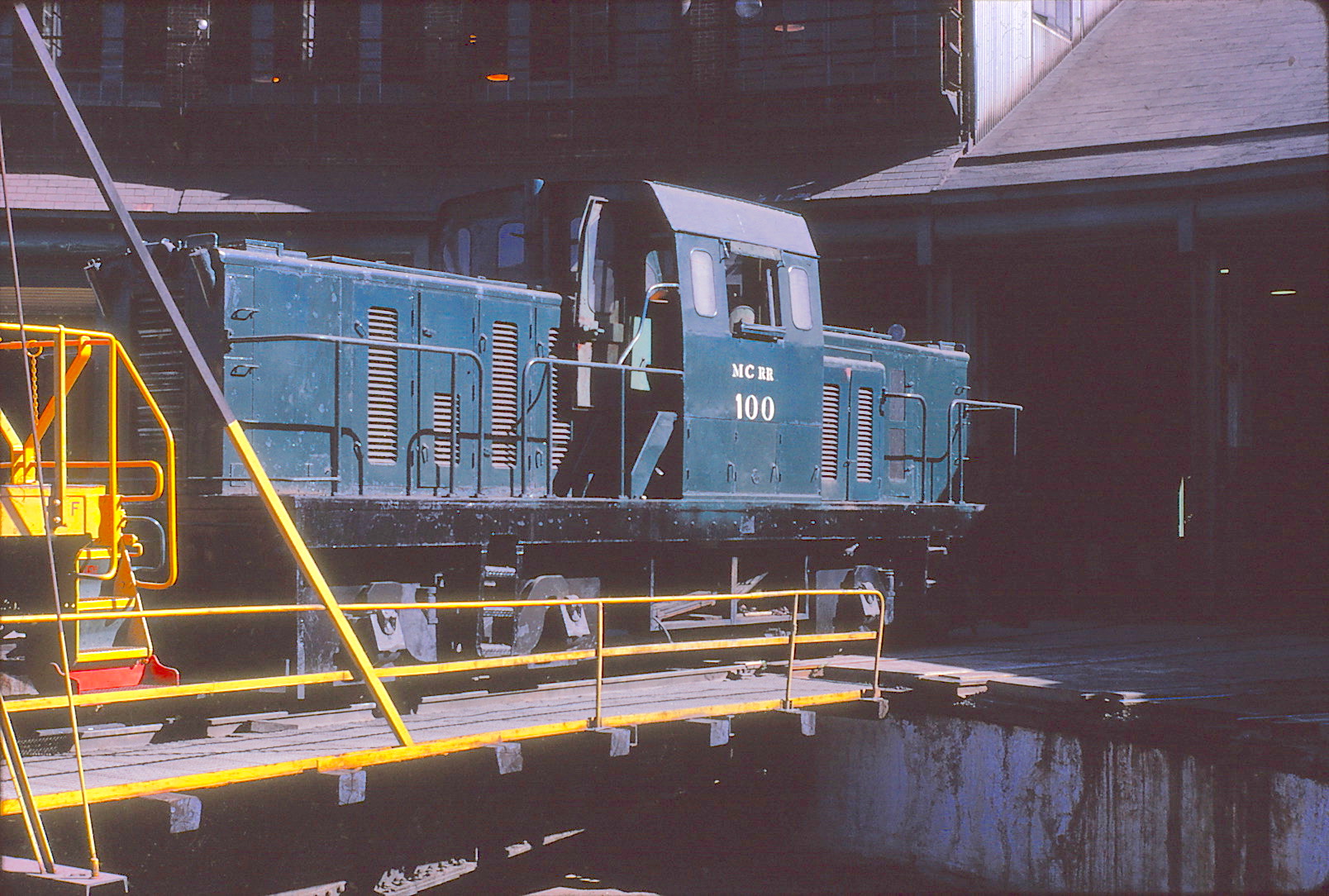 Monongahela Connecting #100 Pittsburgh, Pennsylvania on 31 May 1969 (Ray Sabo photo **) blank |
First 80-Tonners (Introduced in 1936)
|
||
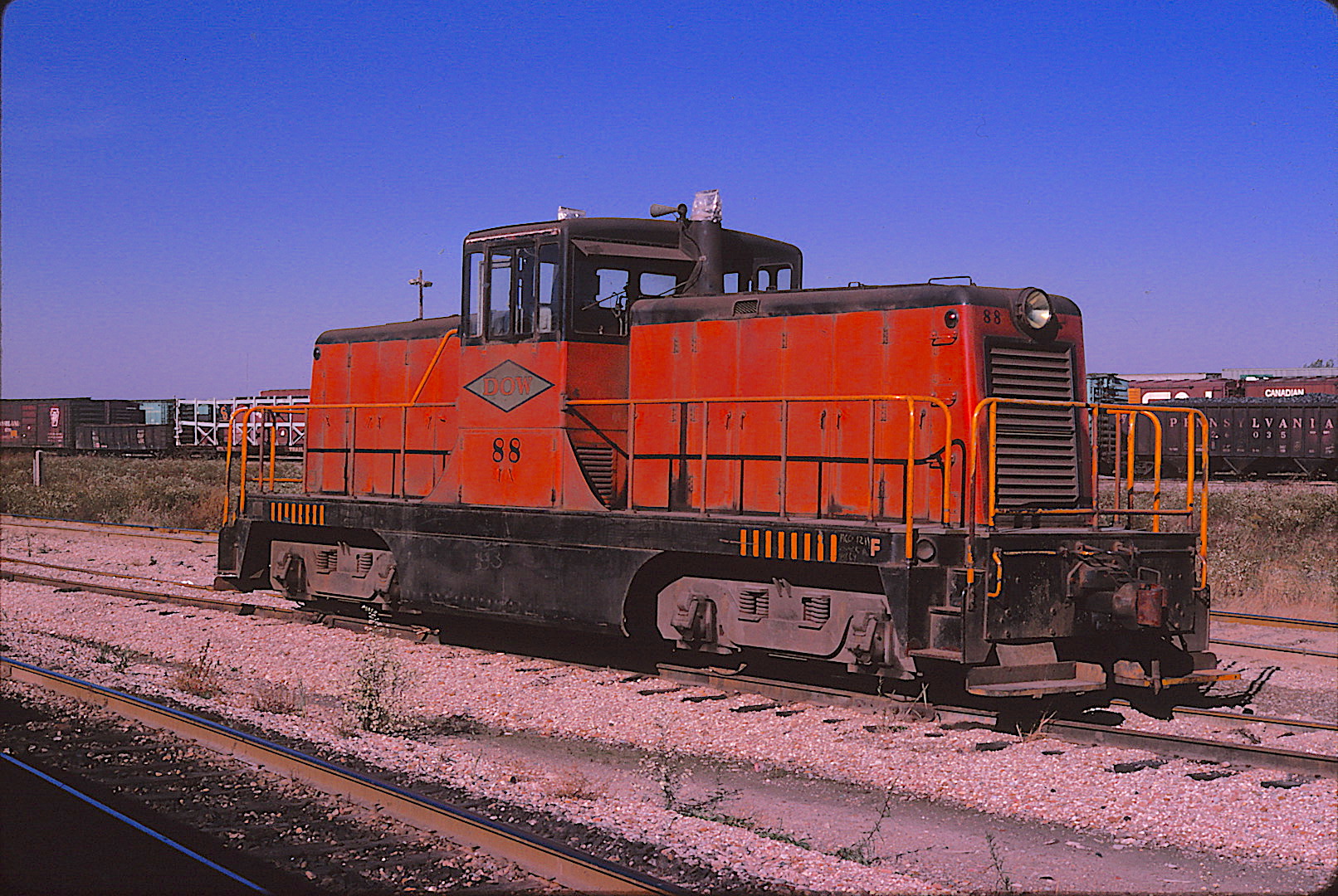 Dow Chemical #88 Saginaw, Michigan in September 1969 (Harry L. Juday photo **) blank |
Elongated 80-Tonner (Introduced in 1941)
|
||
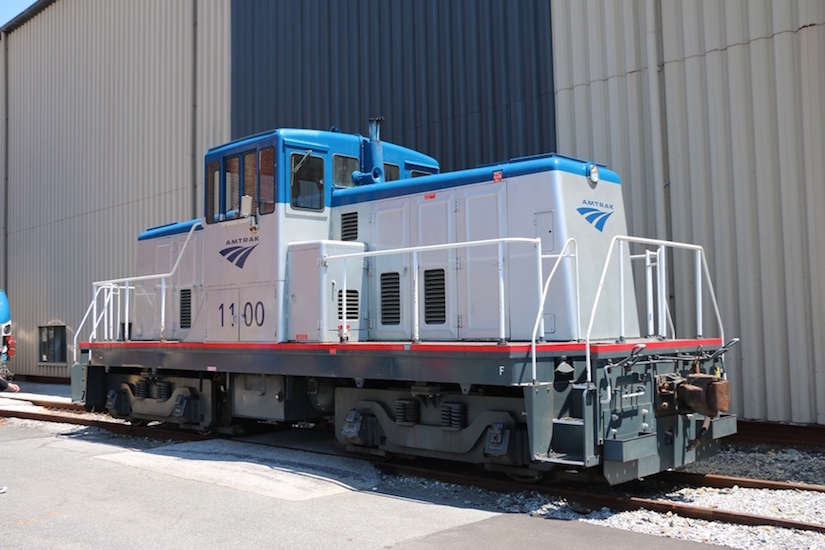 Amtrak #1100 Wilmington, Delaware in June 2016 (Dan Howard photo) blank |
Most Common 80-Tonner (Introduced in 1948)
|
||
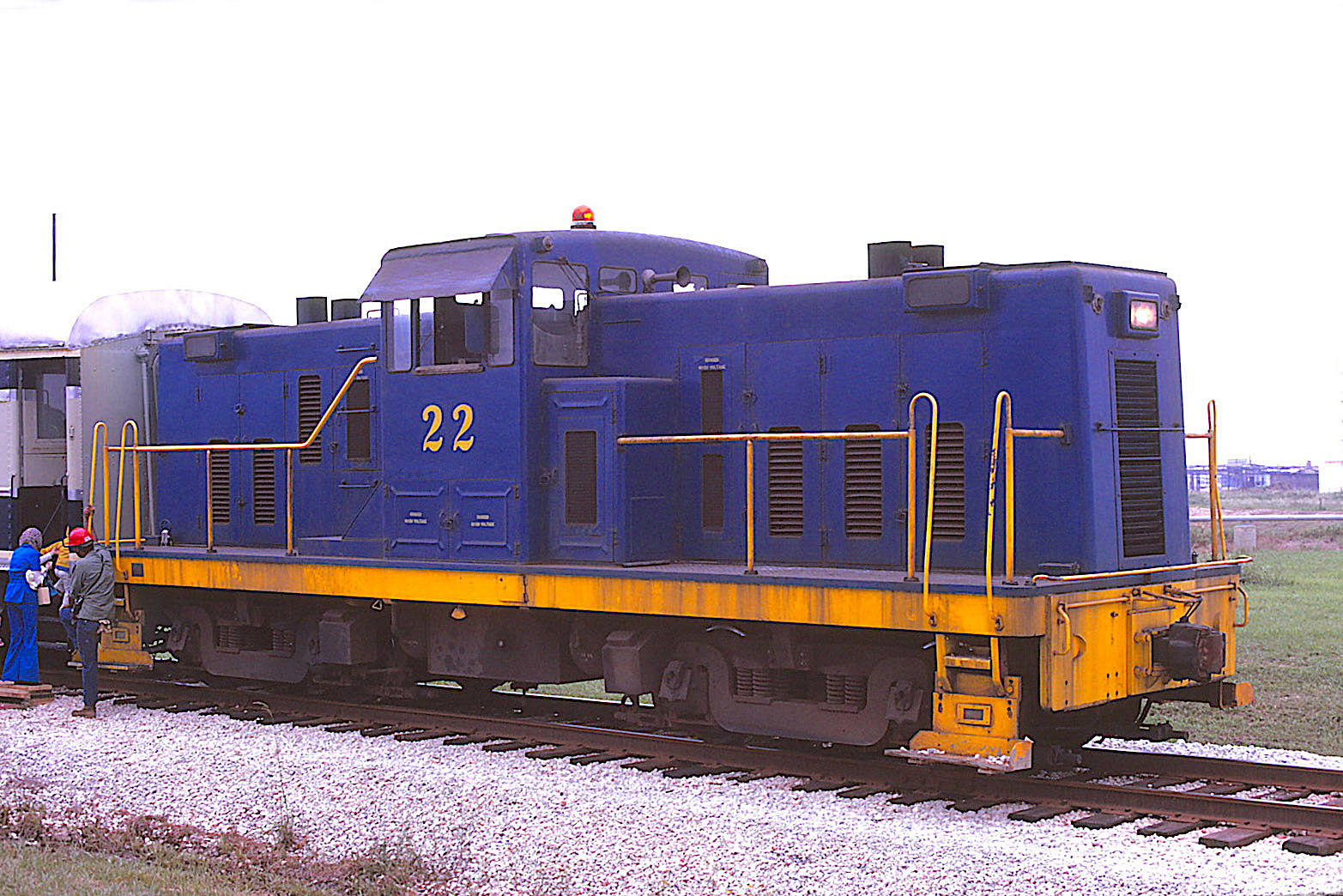 Diamond Shamrock #22 Deer Park, Texas on 5 May 1973 (George C. Werner photo **) blank |
Super 88 (Introduced in 1957
|
||
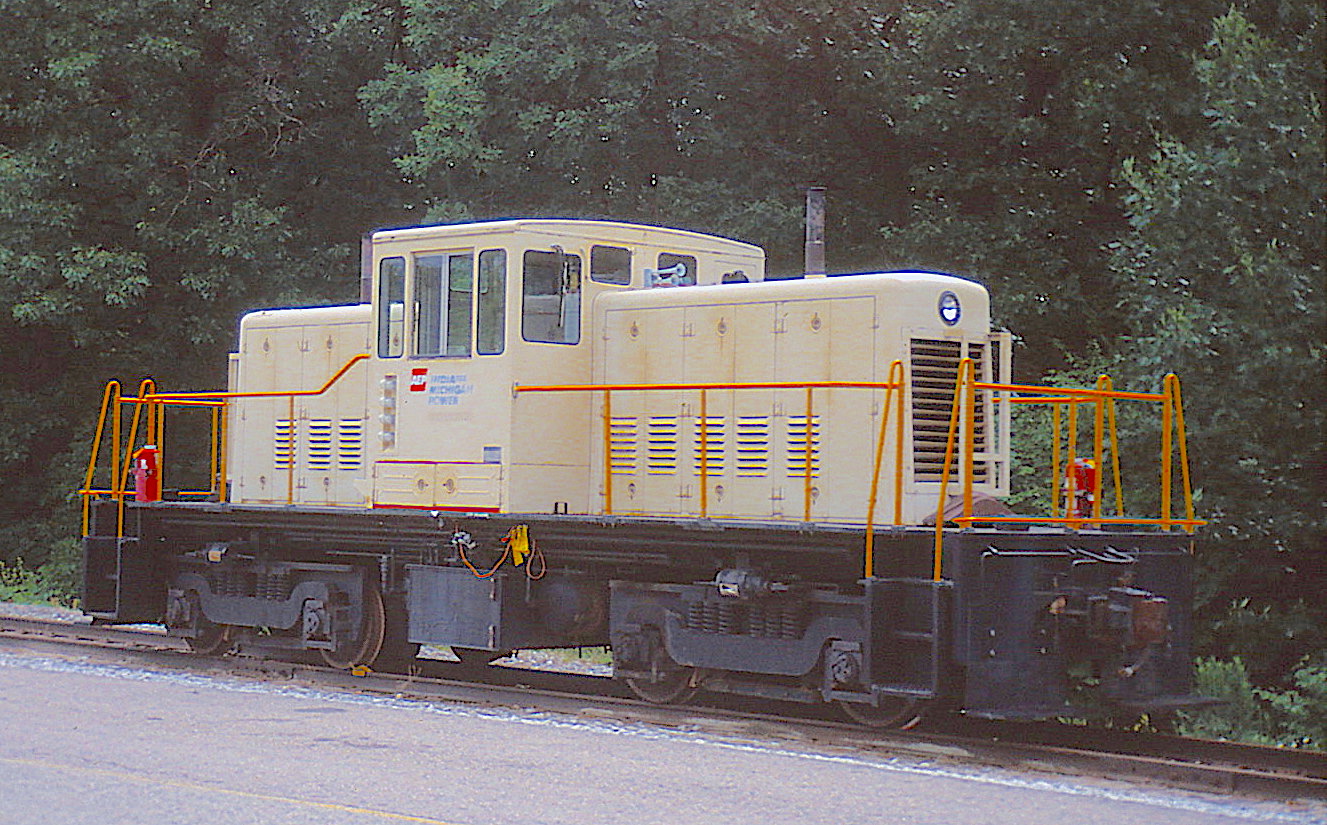 American Energy Location: Unknown in July 1989 (Ray Sabo photo **) blank |
Narrow Hood 80-Tonner (Introduced in 1958)
|
||
** R. Craig photo collection
| |||
| Formatted by: R.Craig
New: 2 January 2020 / revised: 4 January 2020
|
|||